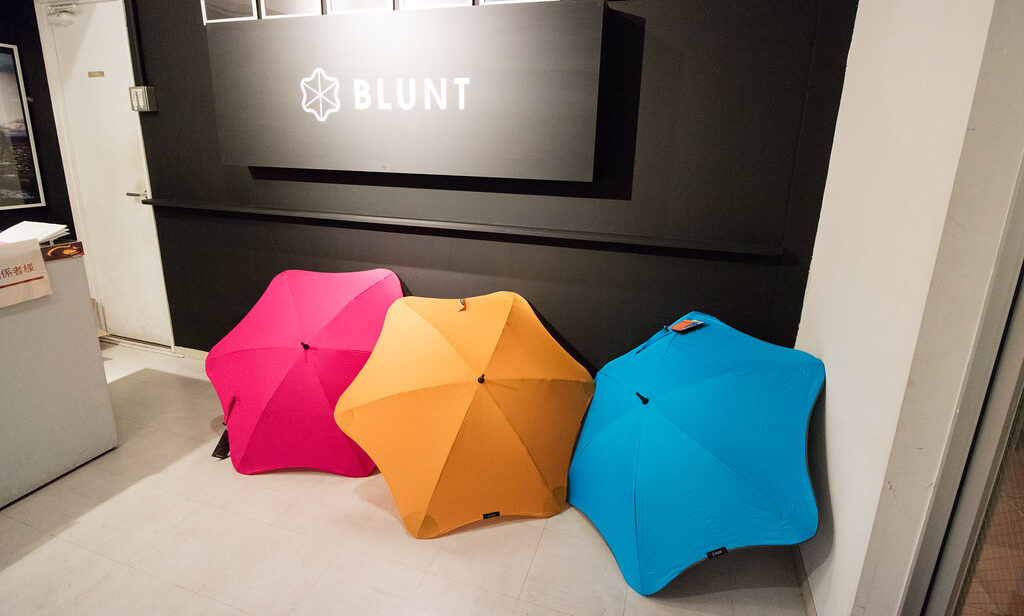Have you ever found yourself in the throes of a shopping spree, your heart racing as you click ‘buy now’ on an item that costs more than your monthly rent? Oh, the thrill of purchasing something so exorbitantly priced, it could be listed among the treasures of the modern world! But what happens when that pricey possession ends up collecting dust in the corner of your room, never to be used? Let’s dive into the world of luxury buys and the curious case of their underuse.
If you will, a world where the price tag is no object, and the allure of the exclusive reigns supreme. This is the domain of the ‘History Supreme’ yacht, a floating palace coated in gold and platinum, and the ‘Antilia’, a skyscraper home that pierces the Mumbai skyline. These are not just items of utility but symbols of status, power, and the pinnacle of human achievement in luxury. Yet, for all their grandeur, they are often more showpieces than functional staples in the lives of their owners.
The ‘Salvator Mundi’ and ‘The Card Players’ paintings are no different. They hang on the walls of the ultra-rich, a testament to their owner’s refined taste and deep pockets. But how often do these masterpieces feel the gaze of an admirer? Do they serve as daily inspirations, or are they simply investments, tucked away for a future auction where they will, once again, break records?
Then there’s the tech mogul’s dream home, Jeff Bezos’ Beverly Hills House, with its minimalist design and panoramic views. It’s a marvel, no doubt, but one can’t help but wonder if the rooms echo with the sound of solitude more often than the laughter of guests. And what of the ‘Portrait of Adele Bloch-Bauer I’, a painting steeped in history and drama? It sits in a gallery now, but for how long did it remain hidden, a priceless treasure behind closed doors?
The Graff Hallucination Watch, a kaleidoscope of diamonds on the wrist, is a sight to behold. Yet, how many times has it ticked away the seconds at a grand event, and how many more has it sat in the safety of a vault? The same can be said for the CarInsurance.com domain name, a digital asset of immense value, but one that doesn’t quite have the same tangible presence as a gleaming Ferrari 250 GTO, a car that embodies speed and elegance but may never feel the thrill of the race again.

It’s not just the billionaires and their billion-dollar toys; this phenomenon trickles down to the everyday consumer. For instance, the online gaming community, where virtual items like the ‘potato crown’ or ‘black storm chestplate’ can fetch astronomical sums. These digital treasures, coveted by many, may end up as little more than bragging rights, rarely utilized in the virtual worlds they were designed for.
What of the treasures available on Amazon, the marketplace that brings the world to our fingertips? From original movie posters to antique carpets, from oil paintings to luxury watches, the offerings are endless. But how many of these purchases end up as mere conversation pieces, if they’re mentioned at all? The Tibetan Buddhist Necklace, with its promise of protection and blessings, may hang unworn, its potential for spiritual guidance untapped.
The most expensive thing you bought that you never use isn’t just an object.
It’s a narrative, a complex interplay of desire, status, and the human condition. It’s the story of our search for meaning in material things and the ironic twist that, once obtained, these items often slip into the background, overshadowed by the next shiny new thing on the horizon.

In the next section, we’ll delve into the psychology behind why we splurge on items we don’t use and how we can reconcile with the dormant luxuries that populate our lives. Stay tuned as we explore the art of letting go and the liberation that comes with it.
Diving into the psychology behind our extravagant purchases, we find a complex web of emotions and social dynamics at play. The act of splurging on something we may never use is not just about the object itself; it’s about what it represents to us and to those around us. The allure of exclusivity, the rush of acquiring something deemed valuable by society, and the desire to elevate our status are potent motivators. These forces can drive us to invest in items like the ‘History Supreme’ yacht or the ‘Antilia’ skyscraper, not for their practicality, but for the statement they make.
The psychology of splurging is rooted in our innate need for social distinction.
As social creatures, we are wired to seek approval and admiration from our peers. Owning something rare, like the ‘Salvator Mundi’ or ‘The Card Players’ paintings, can set us apart, signaling wealth and taste. It’s a modern-day peacock’s tail, a display meant to impress and attract. However, once the initial excitement fades, these treasures often become part of the backdrop of our lives, their novelty overshadowed by the next acquisition.
Why do we continue to buy things we don’t use? Behavioral economists point to a phenomenon known as the ‘endowment effect,’ which suggests that we place a higher value on things simply because we own them. This can lead to irrational decision-making, where the joy of possession trumps the utility of the item. The ‘Graff Hallucination Watch’ or the ‘CarInsurance.com’ domain name may not be daily essentials, but owning them can provide a sense of accomplishment and a tangible connection to success.
The digital realm has its own version of this phenomenon. In online gaming communities, virtual items like the ‘potato crown’ or ‘black storm chestplate’ can command eye-watering sums. These digital assets offer a way to stand out in the virtual world, to showcase one’s dedication or financial clout within the game. Yet, despite their cost, they may see little use, serving more as trophies than tools.
The question then arises: how do we reconcile with these dormant luxuries? The key lies in understanding the transient nature of material satisfaction. The thrill of a new purchase is fleeting, and true contentment often comes from experiences and relationships rather than possessions. To break the cycle of unused luxury, we must shift our focus from what we own to what we do and who we are.
Letting go of unused items can be liberating.
It can free up space, both physically and mentally, for things that truly matter. Selling or donating these items can also provide a sense of relief and contribute to a more mindful approach to consumption. It’s about recognizing that the most valuable things in life aren’t things at all, but the moments and connections we share.
The most expensive thing you bought that you never use is more than an idle purchase; it’s a reflection of deeper psychological drives and societal pressures. By understanding these forces and focusing on what genuinely enriches our lives, we can find greater fulfillment and perhaps, in the process, learn the art of letting go. The next time you’re tempted by a shiny new luxury, ask yourself: will this bring lasting joy, or will it end up as another expensive artifact of desire?
Related posts:
What is the most expensive item ever?
What were some of the most expensive or luxurious items, or items which came to be a status symbol? : r/history (reddit.com)
Top 10 Most Expensive Luxury Purchases Ever | ThinkAdvisor





